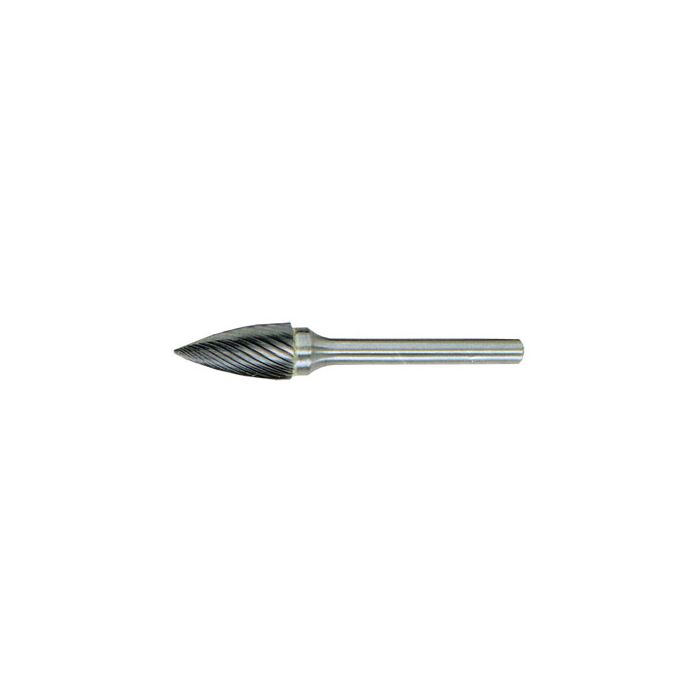Both tungsten carbide and diamond burs are specialized dental instruments used in various dental procedures These dental instruments is available in varying shapes, head angles, and blade geometry for carbide burs or grit size for diamond burs. Both of them are recognized for their superior cutting capabilities and durability but carbide and diamond burs are faraway from interchangeable.

Anatomy of a Dental Bur
Whether created using carbide or diamond, a dental bur is constructed in three main parts: The pinnacle, neck, and shank. The head consists of the blades or grit which is what exactly is utilized to cut or grind the material under consideration. This is made from many methods from gold to diamonds, each using a specific purpose.
Diamond Burs – Dental Instruments
Diamond burs are created from a chrome steel body bonded with diamond powder and come in numerous grit sizes. The side of the head and grit size decide what form of procedures the bur may be used in. Diamond burs are able to grind away hard tissues (including enamel) and bone. As a result of them being produced from one of many hardest materials on earth great for cutting through harder materials that other burs battle with including Zirconia and lithium disilicate (kindly visit our Magic Touch line when making use of these types of materials). Dental diamond burs can be used to cut through Zirconia or grind porcelain when shaping and placing crowns or veneers. They could also be used to grind down tooth structures to acheive proper fits for crowns or veneers.
One of many drawbacks of diamond burs is because are certainly not ideal for shaping materials like metals since they are prone to dulling themselves along the way along with overheating.
Tungsten Carbide Burs
Tungsten carbide dental burs or more popularly known as just carbide burs are constructed with tungsten carbide that’s thrice stronger than steel which is in a position to withstand high temperatures. This enables carbide dental burs for use for a long time than other burs without losing their edge. Strikes make sure they are great for excavating cavities, shaping bone, removing impacted teeth, and several other procedures. On account of carbide burs using blades they can reduce vibrations (“chatter”) and as a consequence discomfort for patients.
Another advantage of carbide burs is capacity to cut through metal. Our engineered Barracuda metal-cutting burs allow dentists to tackle even toughest metal-cutting challenges like butter and save your time using multi-functional performance.
Single-Use & Multi-Use
Diamond burs can be purchased in two separate options: single-use and multi-use. The single-use diamond bur enables the user to possess a sterile and sharp bur for each new patient. Multi-use however is a are more durable bur that gives a more affordable option as the user is able to sterilize these burs. Another benefit is these burs are manufactured for longevity allowing you to able to dig up with an entire procedure with just one bur where with single-use burs you might want to use more than one to end an activity.
Overall carbide and diamond burs are functionally different. When working with a carbide bur the bur is using small blades to slice away small pieces of the teeth while with diamond burs you might be grinding the teeth down and leaving it which has a rough surface that will need polishing at a later date with a separate tool. They all have its benefits and weaknesses helping to make each of them a fundamental part of a dental professional’s arsenal.
To read more about SG-3 Carbide Burrs go our new website
